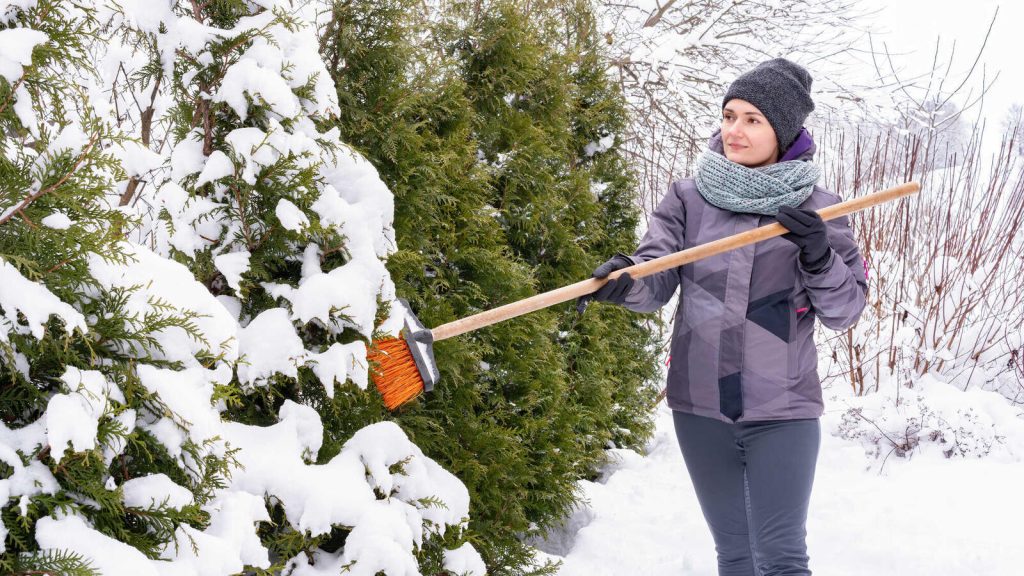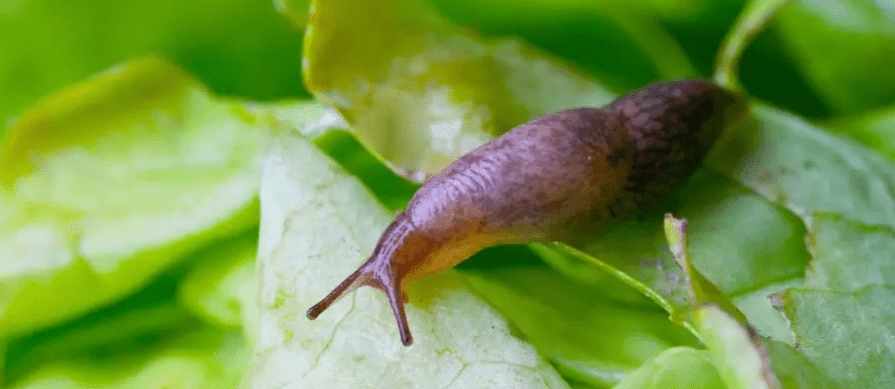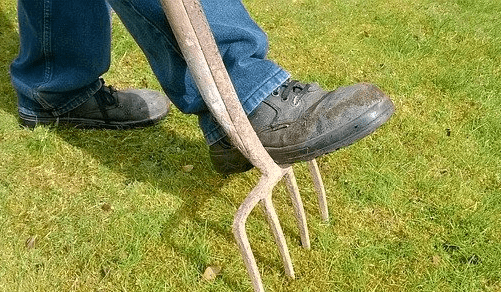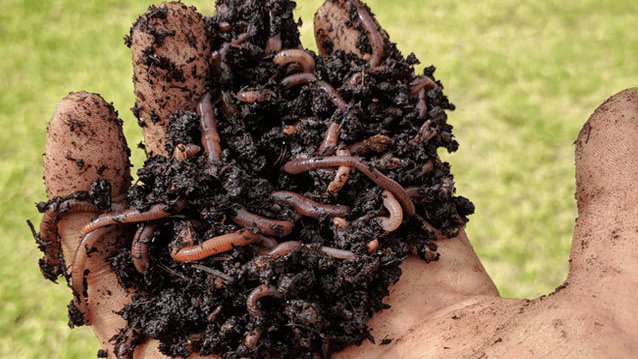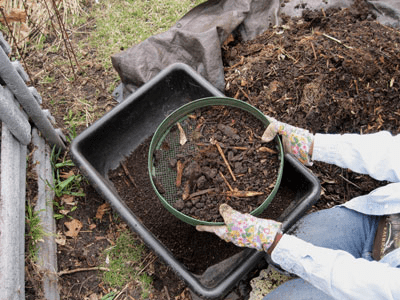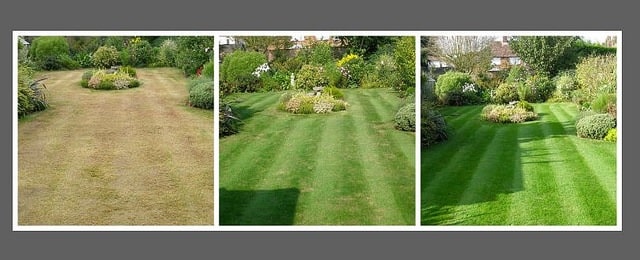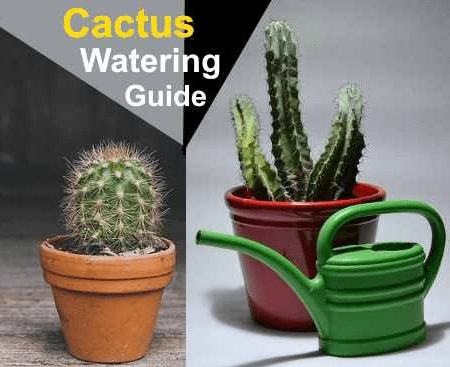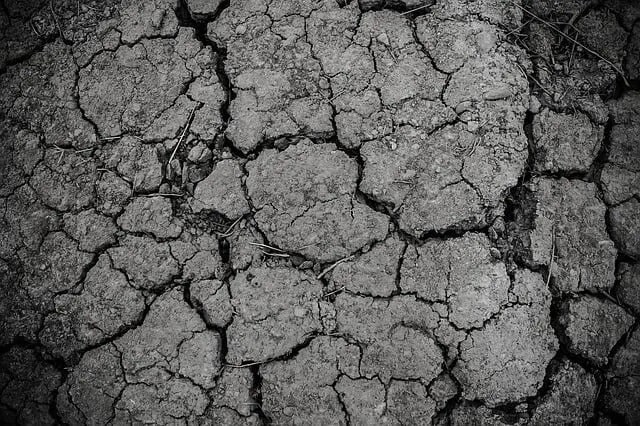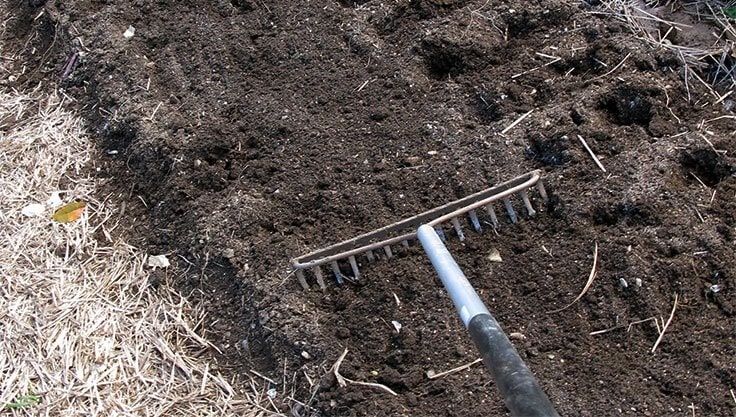While a white blanket can protect plants from frost, delicate shrubs risk breaking under the weight.
The first snowfall transforms the garden into a winter wonderland. Yet while some plants and animals benefit from the white splendor, it can harm others. With the right measures, you can help your garden safely survive the winter.
Contents
What You Should Do: Clear Snow from Evergreen Plants!
As beautiful as a white snow cover may look, it can actually cause damage in the garden. A few centimeters of powdery snow are no problem for most evergreen shrubs, herbs, and perennials—in fact, they even insulate the plants from freezing temperatures. However, wet, frozen snow buildup on leaves can endanger the branches of rhododendrons, boxwoods, rosemary, or lavender—they risk splitting under the weight.
Gently remove snow from evergreen plants.
After heavy snowfall, it’s advisable to shake off the snow or carefully brush it away from the shoots using a broom or your hands. Work gently, as brittle twigs—and even thicker branches—can easily snap in freezing conditions.
Clear Snow from Greenhouses
It’s not just plants—greenhouses should also be cleared of snow. Heavy snow can damage roofs and structures or even cause them to collapse. Polycarbonate and glass greenhouses are particularly at risk, as snow accumulates quickly on their surfaces. Regular brushing prevents damage.
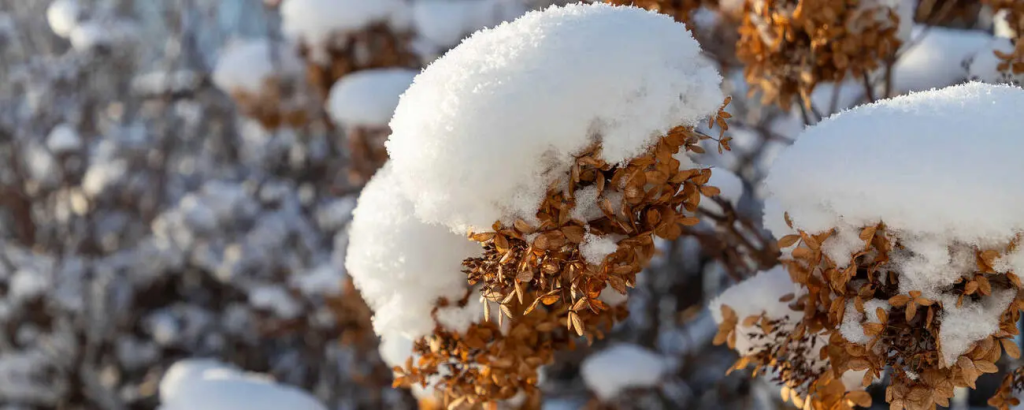
Think of the Animals
When a thick snow cover makes foraging difficult, birds, squirrels, and other wildlife will appreciate extra food sources. Offer species-appropriate feed like sunflower seeds, suet balls, or unsalted nuts—and don’t forget to provide an ice-free water source.
The Garden Is in Its Well-Deserved Winter Rest
Leave the snow where it belongs: Don’t clear garden beds.
A snow layer acts as natural insulation, protecting the soil and plant roots from deep frost. Vegetable and perennial beds should therefore not be cleared of snow.
Snow as an Air Cushion
In snowy winters, hardly anything in the garden freezes to death. Snow insulates better than any mulch layer. However, avoid shoveling extra snow from paths onto beds or tree bases to protect them from frost—only a natural snow cover provides sufficient insulation. The air molecules trapped between ice crystals insulate the soil, not the ice itself. Delicate greenery can easily suffocate under the heavy weight of shoveled snow.
Avoid Walking on Frozen Lawns
Normally, you should always be able to walk on the lawn—but frozen grass suffers. The blades break, turn yellow, and unsightly patches appear in spring. Under compacted snow, grasses suffer from oxygen deprivation, and rot-causing pathogens spread. While this recovers over time, try to minimize foot traffic on lawns during frost and snow.
Conclusion: Natural Protection from Snow
Snow shields plants while becoming a burden for others. Free sensitive shrubs from snow and help wildlife survive to support your natural garden through winter. Avoid unnecessary interference with natural processes and leave snow where it provides beneficial protection.

